" It was with a little wince of longing that over the weekend we spotted this pathos-ridden graveyard of Citroen's CX Safari, huddling on a Bristol hillside. We've long lusted after one of these - probably one of the ultimate elegant "

Citroën GS
Has there ever been a more innovative small car than the Citroën GS?
Consider the evidence: when launched in 1970 its specification included power-assisted disc brakes all round (with the front units being mounted inboard), hydropneumatic self-levelling, anti-squat and anti-dive suspension, air-cooled OHC flat-four engine, centre point steering and an aerodynamic body that could comfortably accommodate four adults and their luggage. As the late David Coleman might have said: “Quite remarkable!”
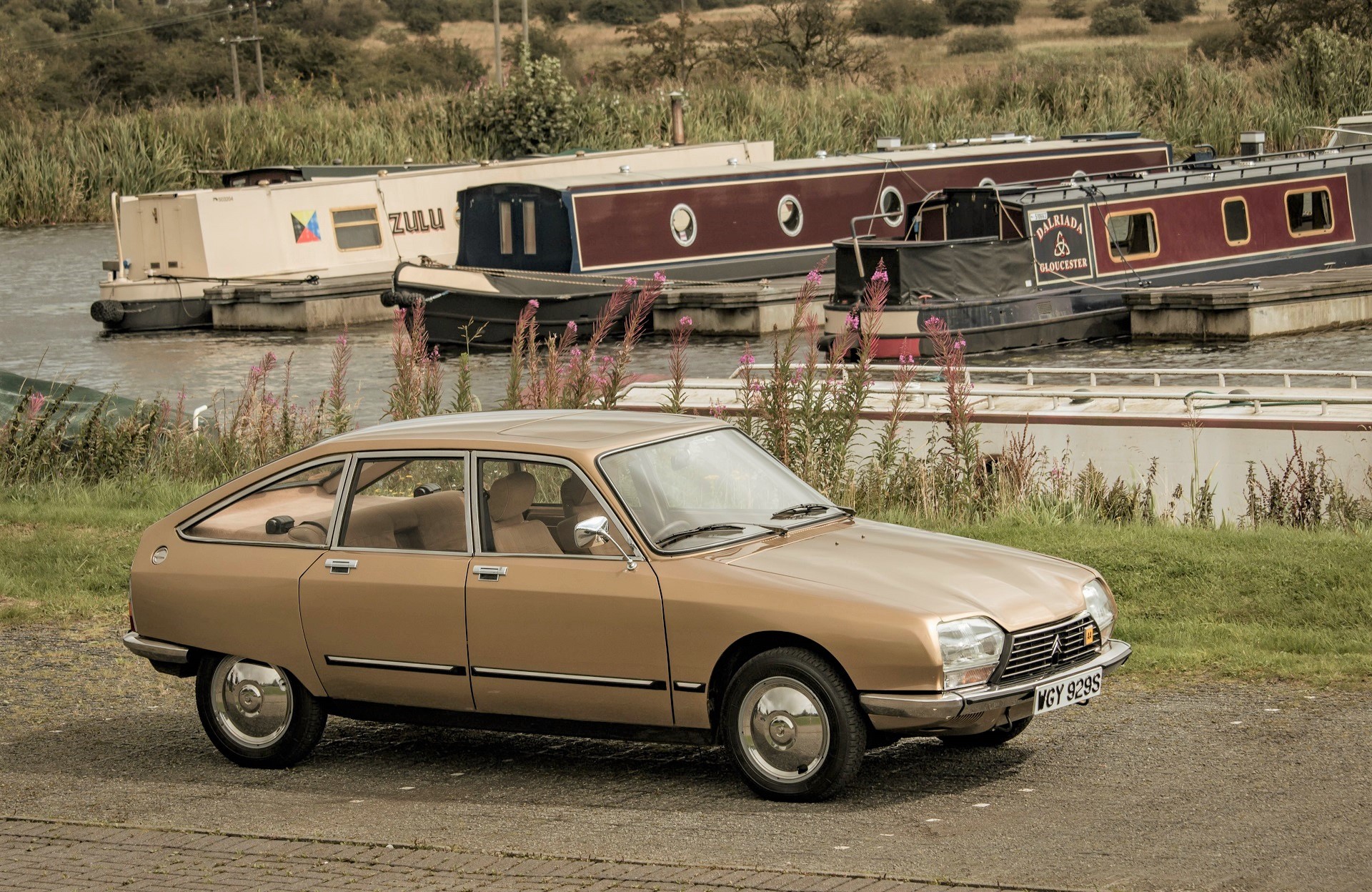
A quarter of a century later, electronics engineer Richard Woods fell under the lingering spell cast by the GS’s futuristic design and advanced feature set. It was a spell that would cause him to embark on a 20 year quest to find and buy the GS of his dreams. And when the quest reached its end, he found himself the proud owner of a low-mileage, very original (right down to the Michelin tyres it left the factory with) GS Pallas. There’s a glint in Richard’s eyes as he recounts how, after such a long search, his ideal GS more or less landed in his lap: “In 2014, a friend of mine decided to sell a very low mileage GS that he’d owned for five years but not got around to doing anything with. Apart from the low mileage, the thing that appealed to me most was that, almost uniquely for a UK GS, it was rust-free. It was just far too good an opportunity to pass up.”
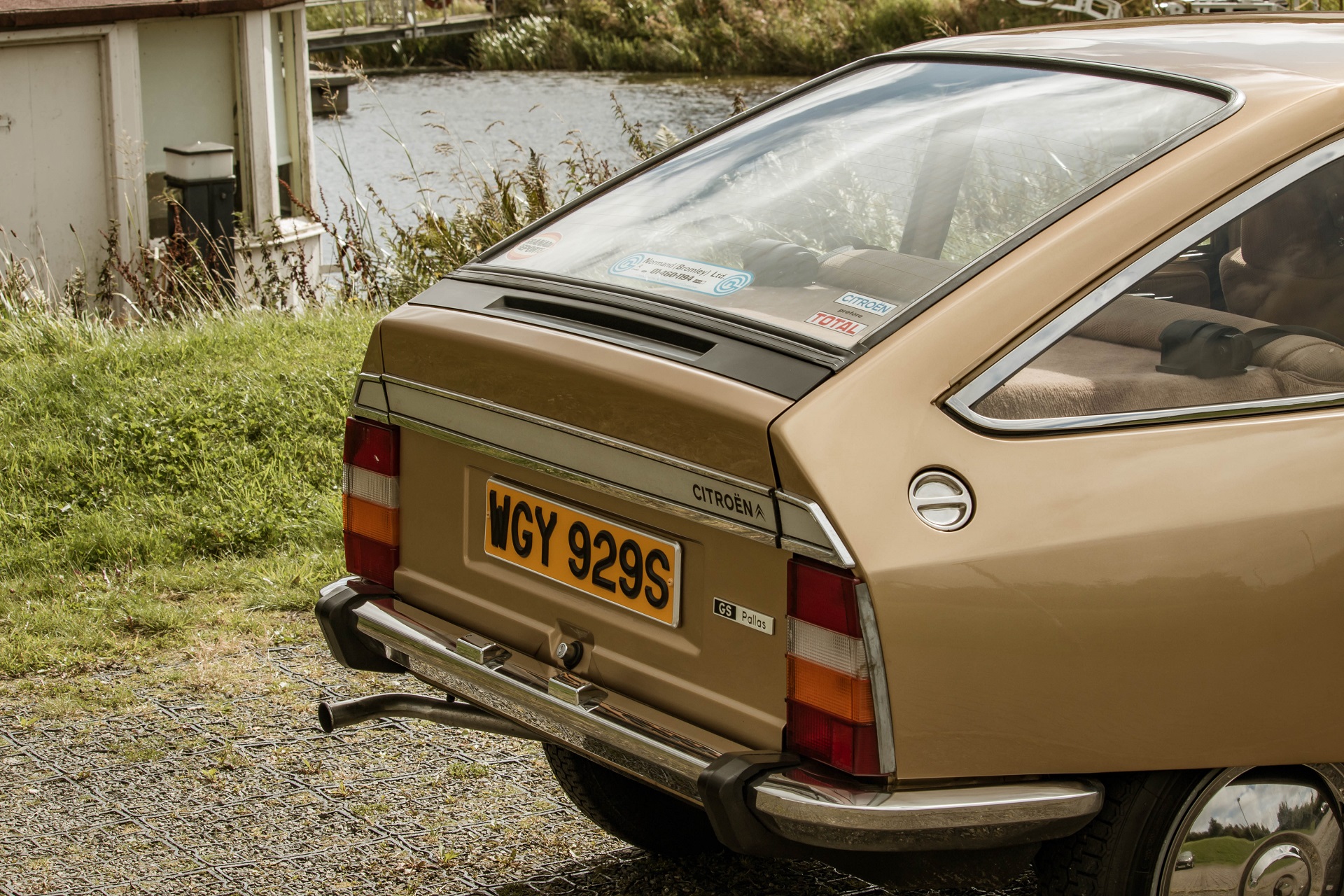
Little work was required to return the GS to the road: a full service, a fluid change and a new set of boots from Michelin’s classic range. The interior was in very good order, but the bodywork was, however, a different matter. Although unaffected by tinworm, it had picked up a multitude of dents and scratches during the many years it had spent in dry storage. So with the rest of the car being in such fine fettle, Richard decided to treat it to a full bare-metal respray in its original colour of Beige Opale, to stunning effect.
Apart from retrofitted rear seat belts, the interior – right down to the AM-only radio mounted sideways between the front seats – is original. It’s in cracking order, too, and suits its period beige and brown colour scheme. The seats are very comfortable and – hallelujah! – offer plenty of headroom for taller people. And thanks to the GS’s excellent packaging, there’s ample space for two adults – three at a bit of a pinch – in the rear.
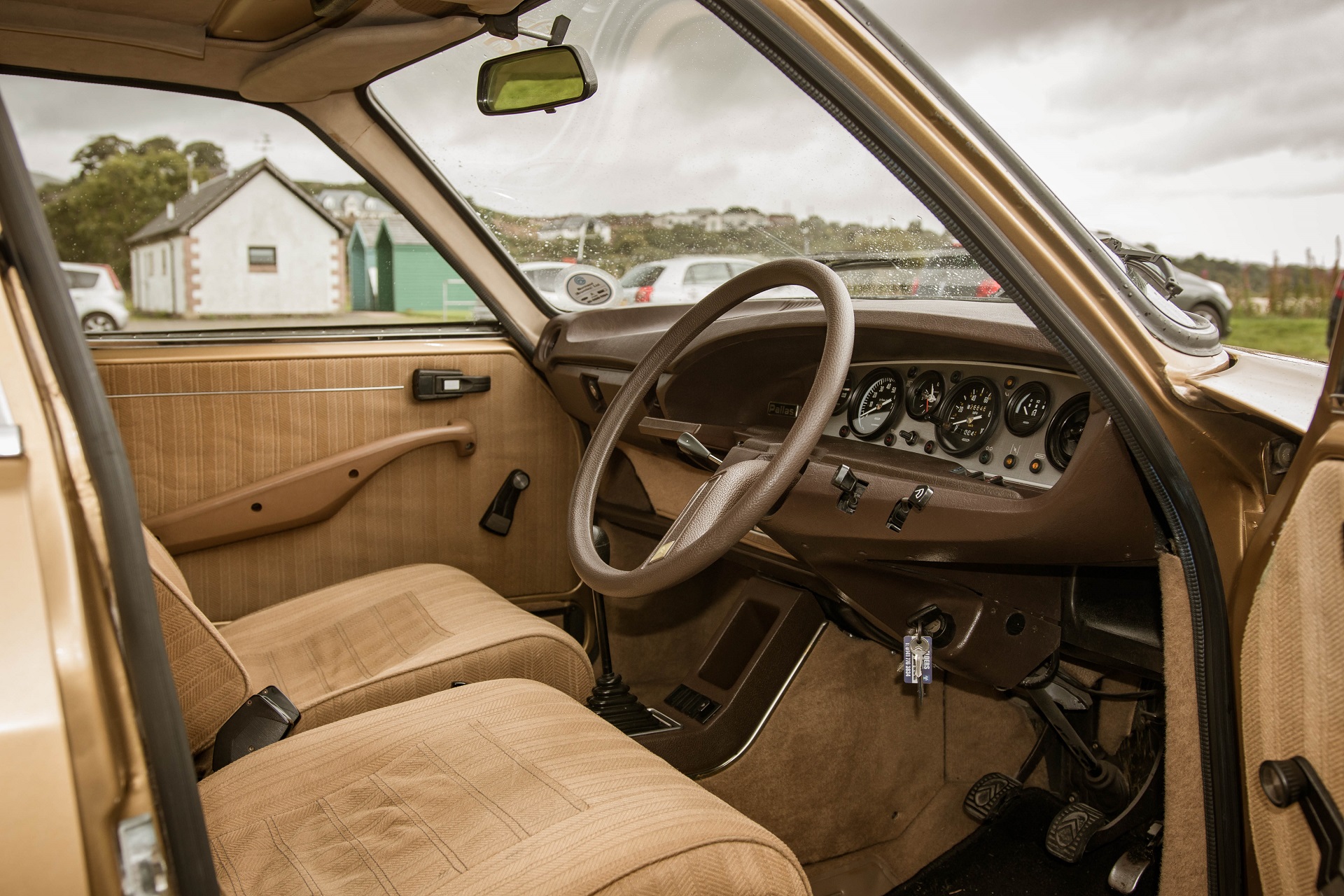
The flat-four engine sits low in the engine bay and is mounted ahead of the front wheels, leaving enough space under the bonnet for a full-size spare wheel. And with the spare otherwise accommodated, the large, rectangular luggage area extends to the very bottom of the car, making loading and unloading much less of a chore. Very clever, very sensible.
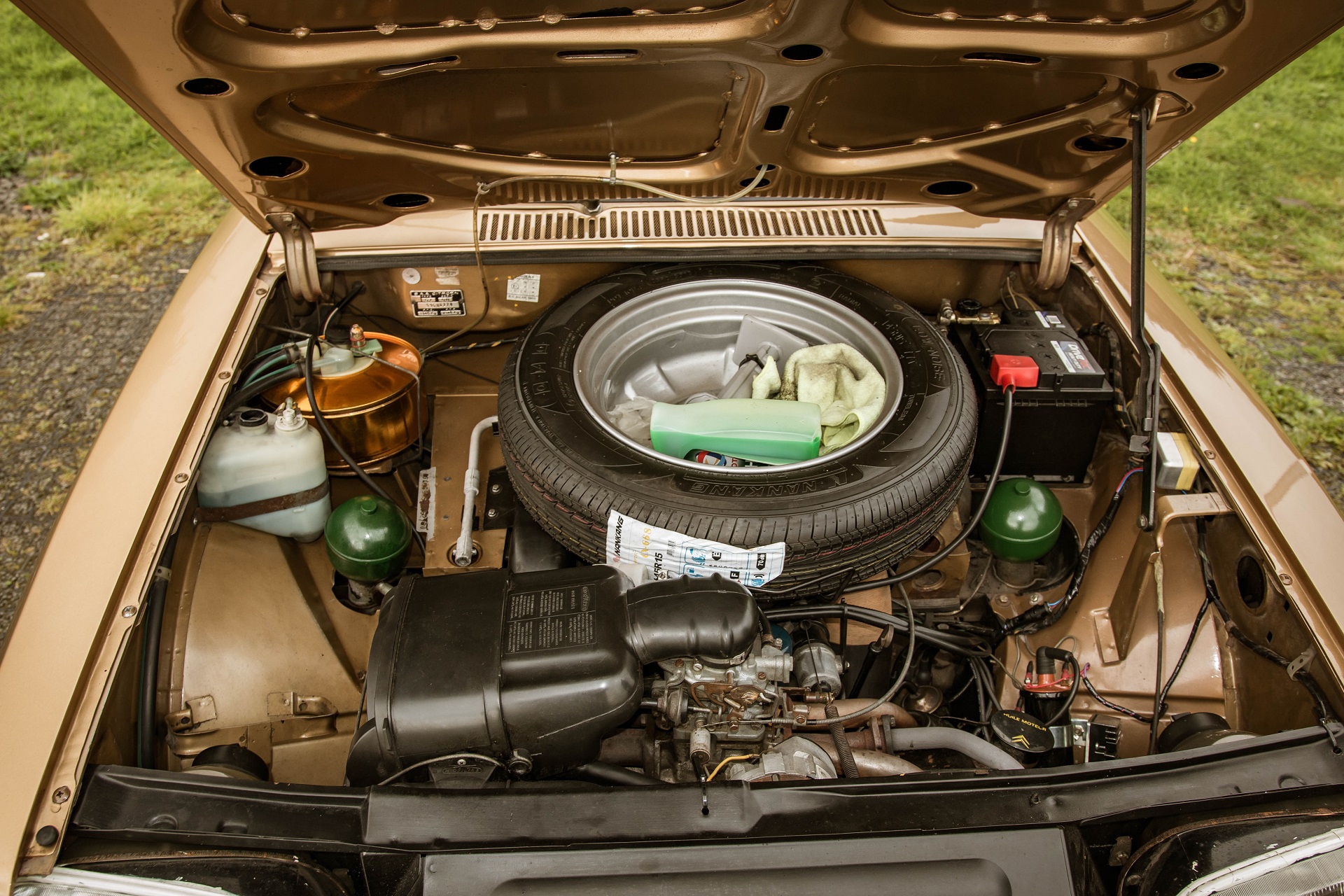
Turn the ignition key (or the supplied hand crank) and the engine whirrs into life, producing a thrum that lies somewhere between a 2CV and an early 911. The lack of a water jacket means that the cabin of even the top-of-the-range Pallas model with its thicker carpets admits a little more engine noise than some of its contemporaries. No matter, it’s a pleasant sound that never becomes harsh, even when the engine is extended – and that’s a good thing, considering that a combination of modest power (60 bhp in this 1222cc model), a rev-happy engine and low gearing (15.7 mph per 1000 rpm in top) means that the needle of the rev counter spends much of its time in the upper echelons of the gauge.
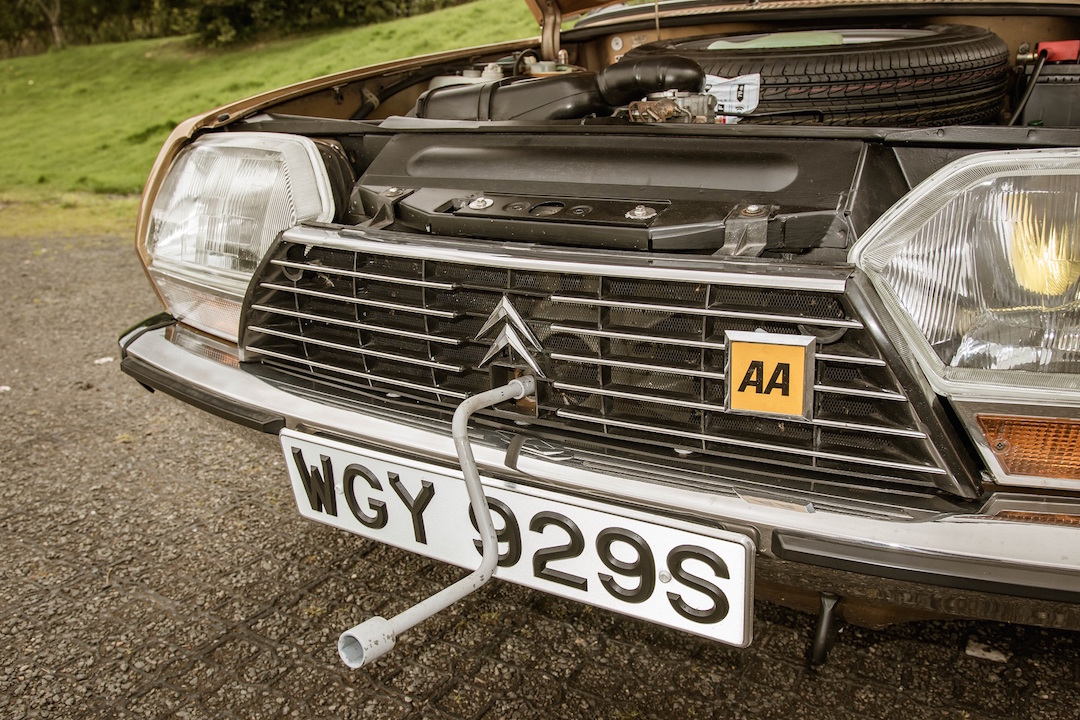
With a kerb weight of only 930kg, the GS feels nippier than its performance figures (94mpg and 0-60mph in 15.9 seconds) might suggest. It cruises well, too, but overtaking does, however, require some degree of forward planning.
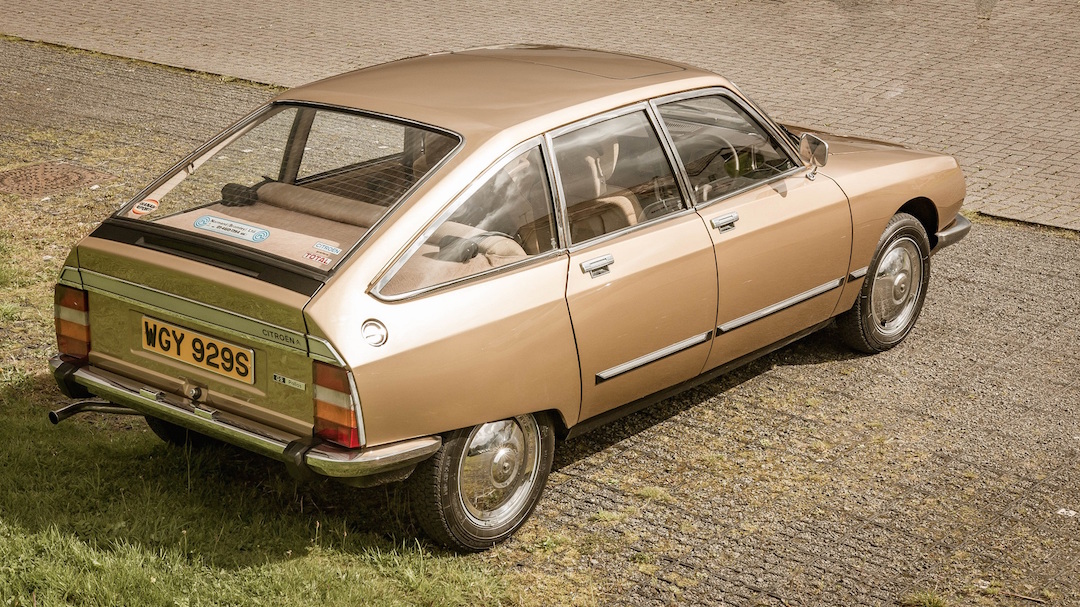
The ride comfort is outstanding and must have been a revelation back in the day. The GS handles well, too; its unassisted rack and pinion steering with centre point geometry is both a model of precision and, as emphasised in Citroën’s promotional material, a driver’s best friend should a tyre suffer a blowout at speed. There’s plenty of body roll when cornering, but the GS hangs on tenaciously and squeezes every last morsel of grip from its modest 145 section tyres. The brakes are powerful and effective, but the brake pedal has the binary feel typical of 1970s hydropneumatic Citroëns and takes a little getting used to. The push-pull handbrake also epitomises Citroën’s love of idiosyncrasy – at first glance it looks like someone has embedded a shovel handle in the dashboard! The transmission, a crisp, floor-mounted, 4-speed manual unit, is rather more conventional but Citroën’s clutchless C-Matic semi-automatic transmission was available as an option for GS buyers in search of a more exotic way to swap cogs.
Nearly 50 years on there’s much about the GS that still impresses; it’s a classic in every sense of the word. For some reason, though, it dwells in the shadows of the classic car world. And numerically at least, it’s likely to remain there, with DVLA figures revealing that only 54 examples were licensed for use on UK roads as at the first quarter of 2017.
But even though finding one might not be the work of a moment, it’ll be time well spent. Just ask Richard.
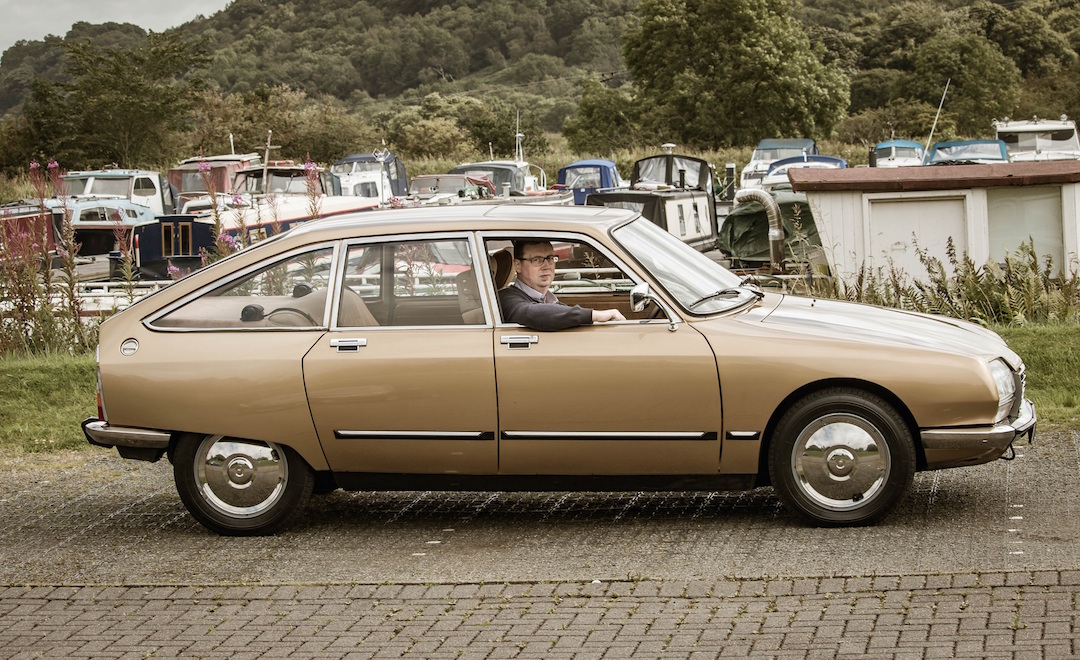
CLICK TO ENLARGE













I have one currently my 5th and final GS and truly its superb
Citroen GS one of the most underestimated cars ever. I have owned 4.
I have two and do not understand why these cars ‘dwell in the shadows of the classic car world’. They are comfortable, practical, competent and usable classic cars with plenty of character.